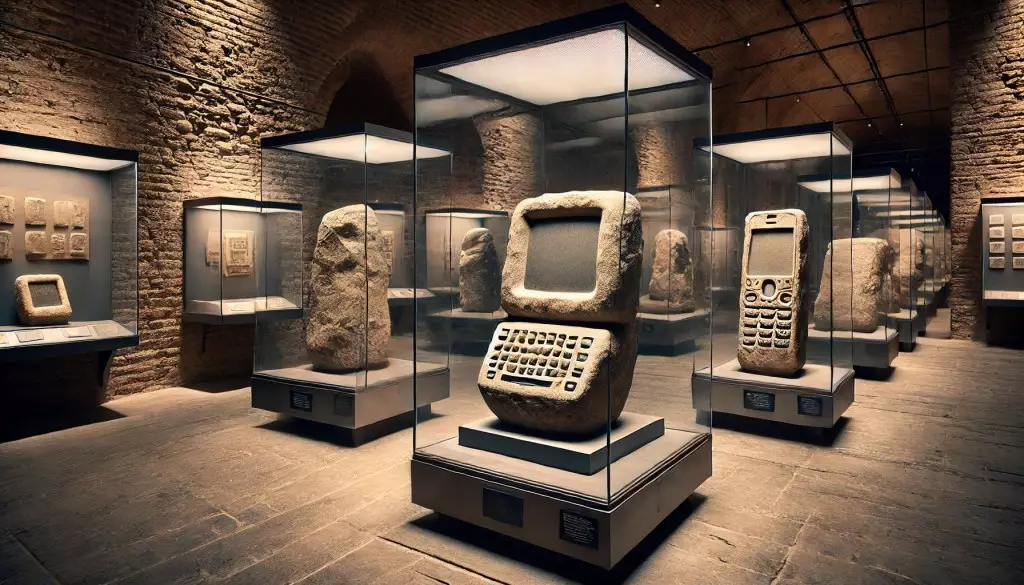Anthropic, a San Francisco-based AI startup, recently introduced a groundbreaking new feature called “Artifacts” for its Claude family of large language models (LLMs) and chatbots. This feature allows users to run code snippets and even full programs generated by the LLM alongside the chat interface, enhancing the user experience and setting Anthropic apart from its competitors such as OpenAI.
Initially, users had to manually enable Artifacts by clicking on their username initials and toggling the feature on. However, Anthropic has now made Artifacts available across its Free, Pro, and Team tiers, as well as on the official Claude iOS and Android mobile apps. This move makes it easier for users to create and interact with interactive code on the go, expanding the accessibility and usability of the feature.
One interesting aspect of the Artifacts feature is the ability for Free and Pro plan users to publish and remix Artifacts with the broader Claude community. This fosters a dynamic exchange of ideas and resources, allowing users to build upon and iterate on content created by others worldwide. Additionally, users on the Team plan can share Artifacts within Projects, enabling secure and efficient collaboration among team members. This collaborative approach is expected to streamline workflows and enhance productivity by facilitating the creation and iteration of high-quality work products.
While much of the AI development world has traditionally focused on enhancing raw processing power and expanding model capabilities, Anthropic’s Artifacts feature represents a shift towards prioritizing user experience and redesigning AI interfaces. By moving away from the traditional simple chatbot model, Anthropic aims to create a more versatile tool that can be utilized across various industries to accelerate the creation of high-quality work products.
Comparison to Gaming Industry
In many ways, Anthropic’s approach to AI interface design can be likened to Nintendo’s strategy in the gaming industry. While Nintendo’s game consoles may have less processing power than rivals like Microsoft and Sony, the company often gains users with novel user interfaces that offer unique experiences. Similarly, Anthropic envisions Artifacts as a tool that can attract users with its innovative approach to AI interface design, opening up a wide array of creative and practical uses for its global user base.
As Artifacts become a standard part of the Claude experience, Anthropic anticipates the emergence of a wide range of creative and practical uses across various industries. By focusing on user experience and collaborative features, Anthropic is positioning itself as a leader in the development of large language models and chatbots, setting itself apart from competitors in the AI space. With the general availability of Artifacts and its support for a diverse range of outputs, Anthropic is paving the way for a new era of AI interface design and collaboration.

